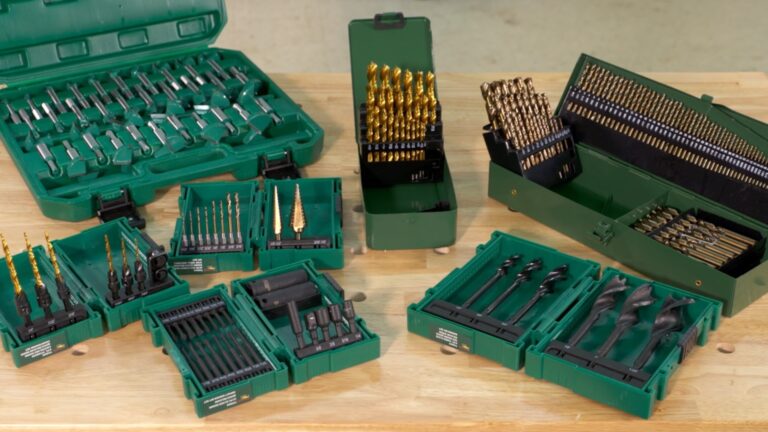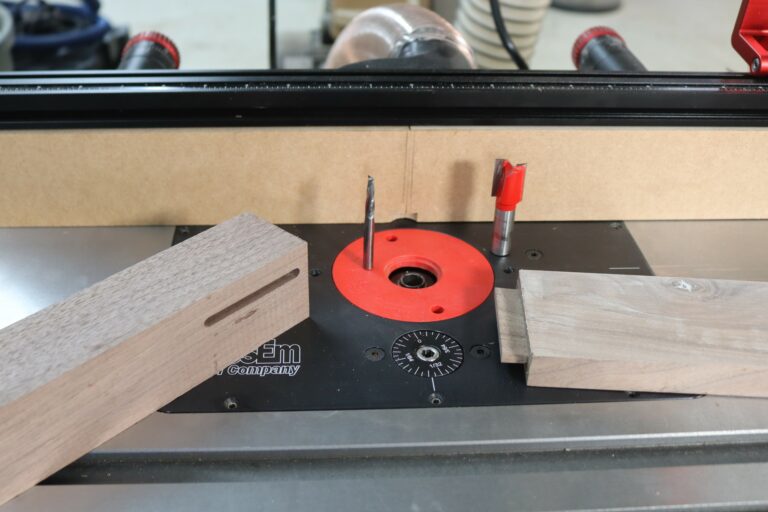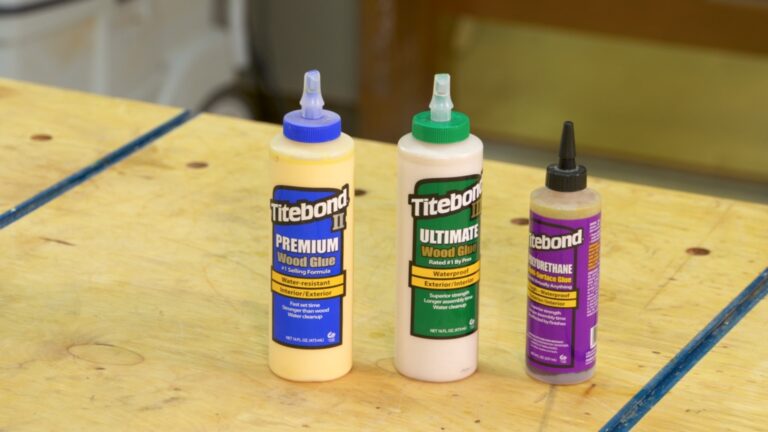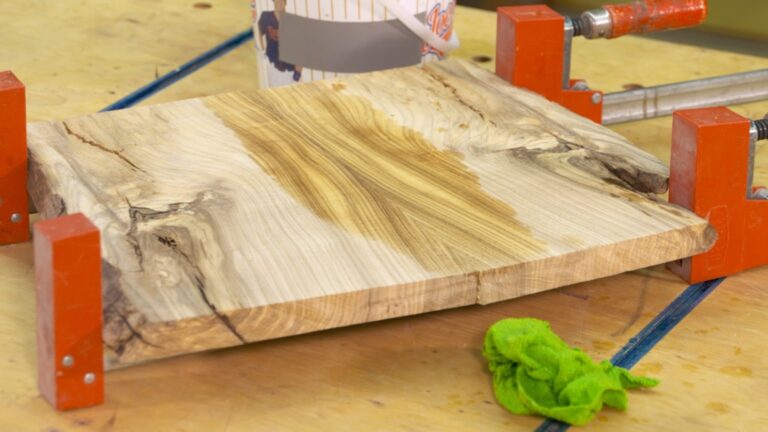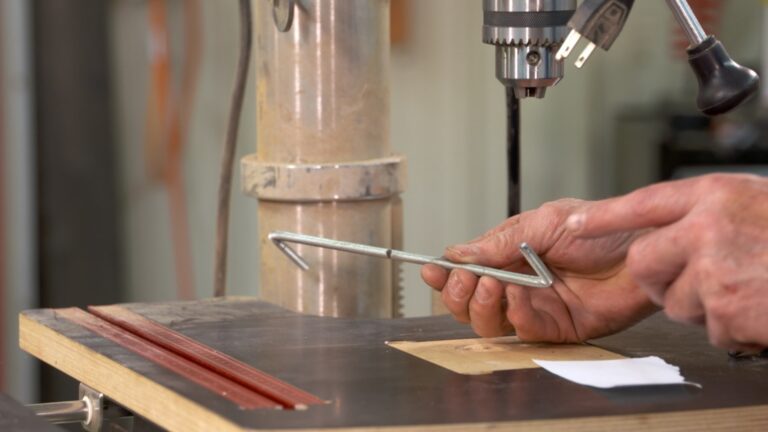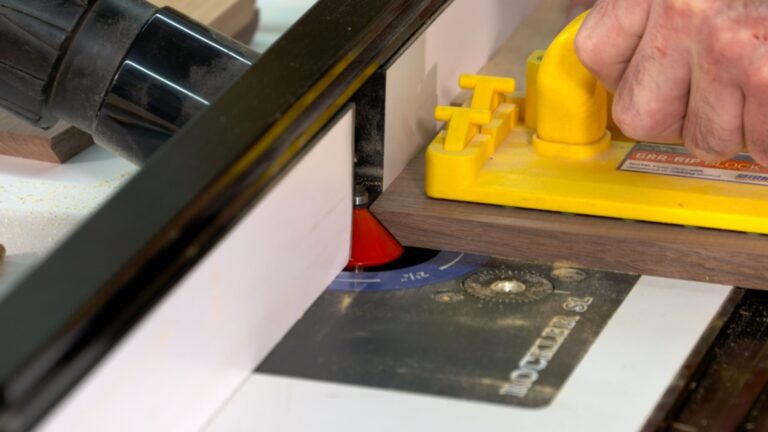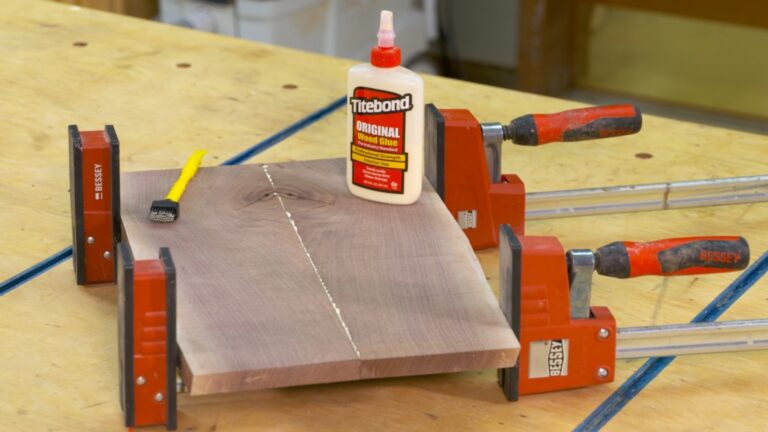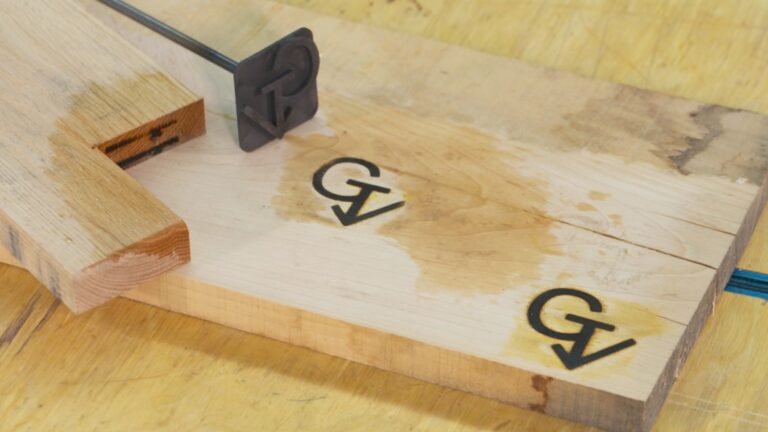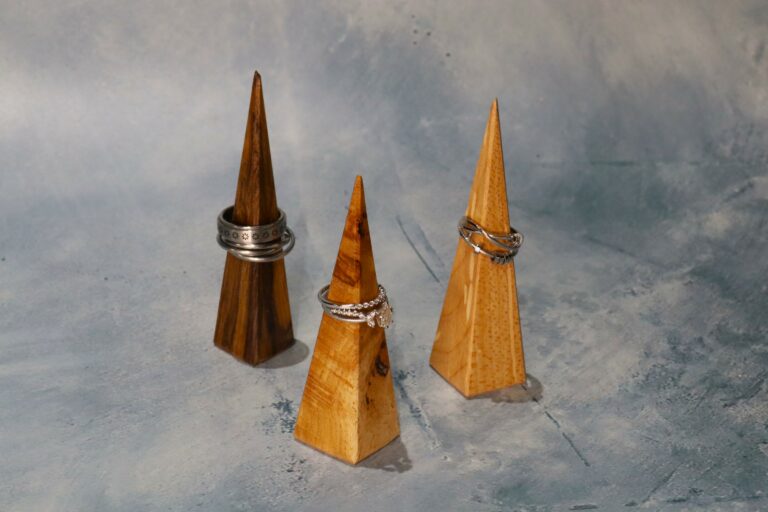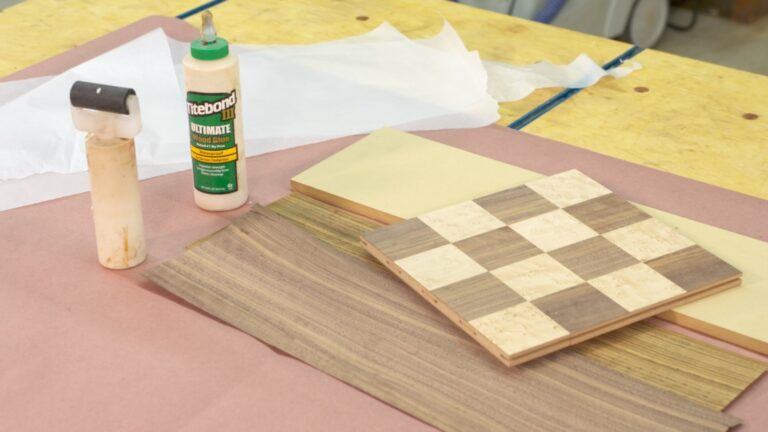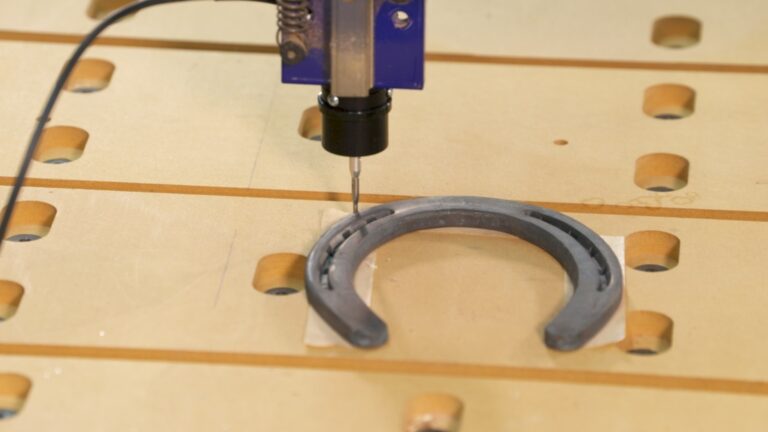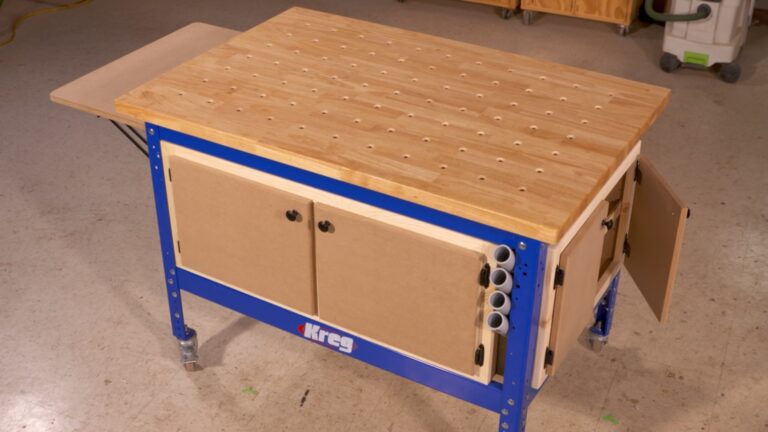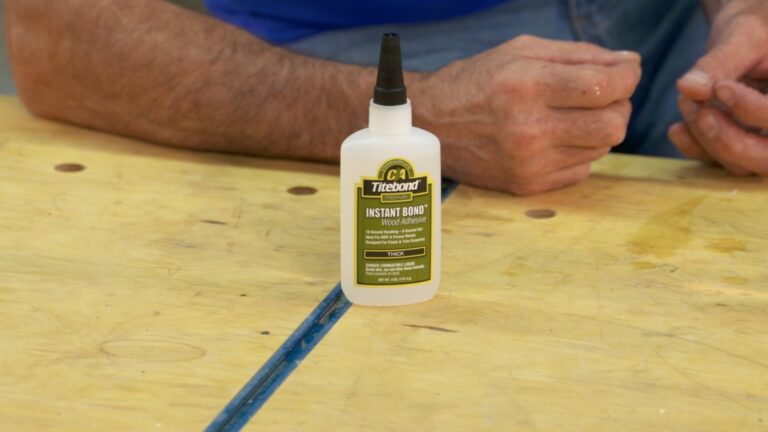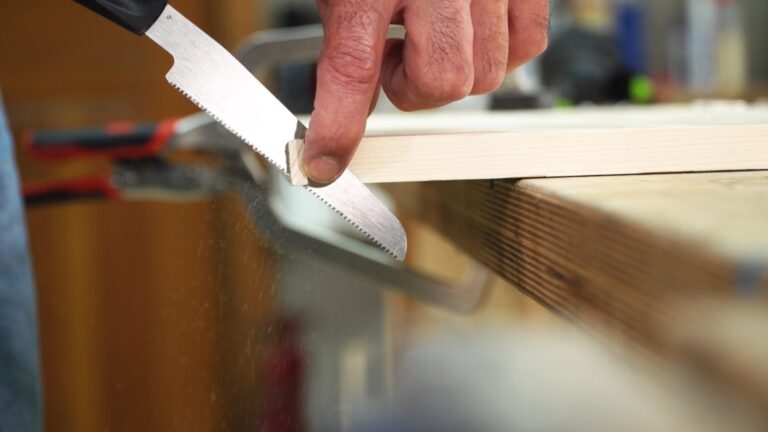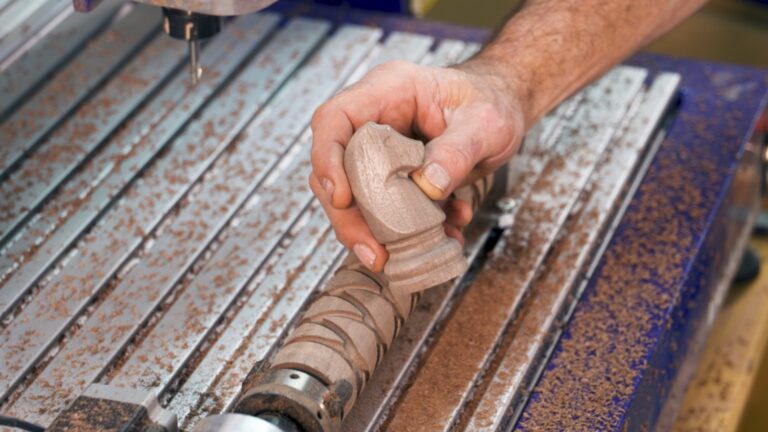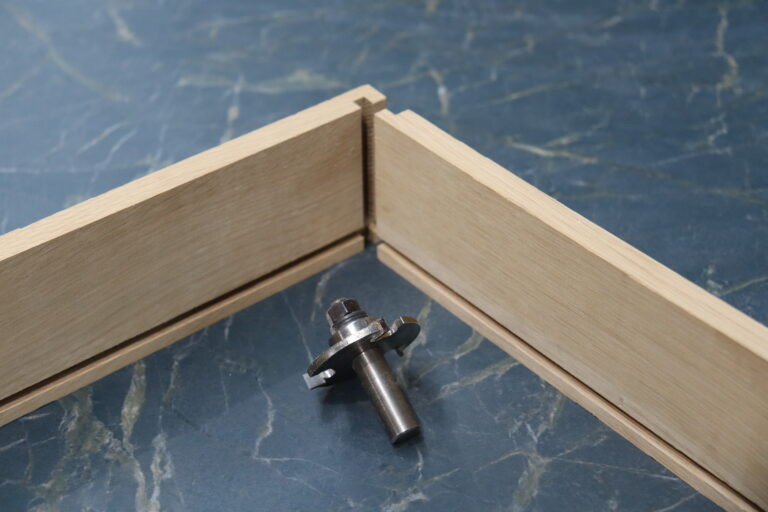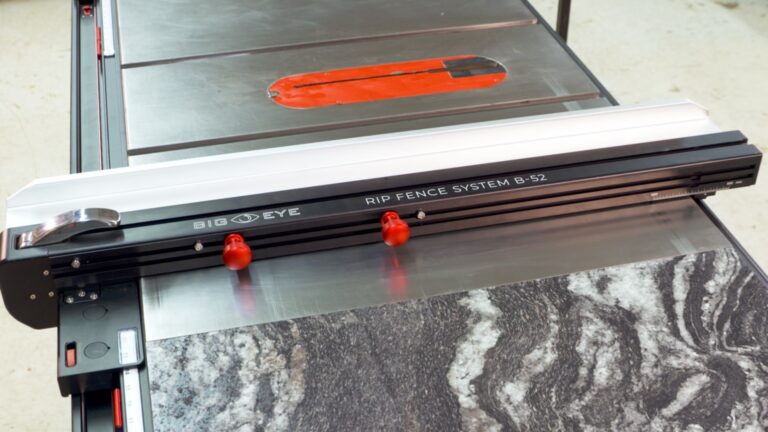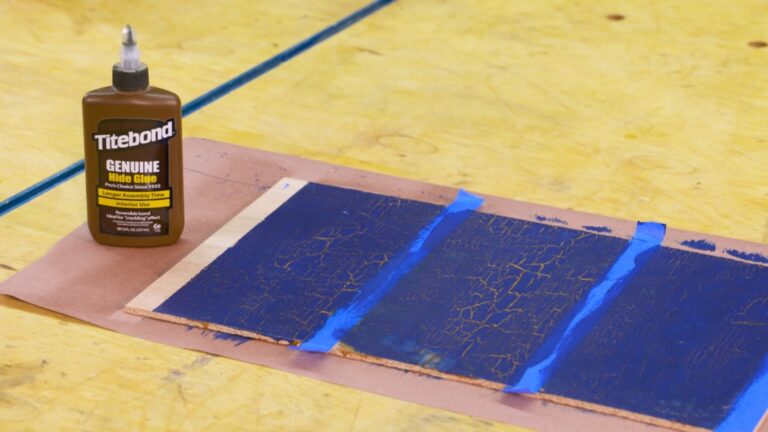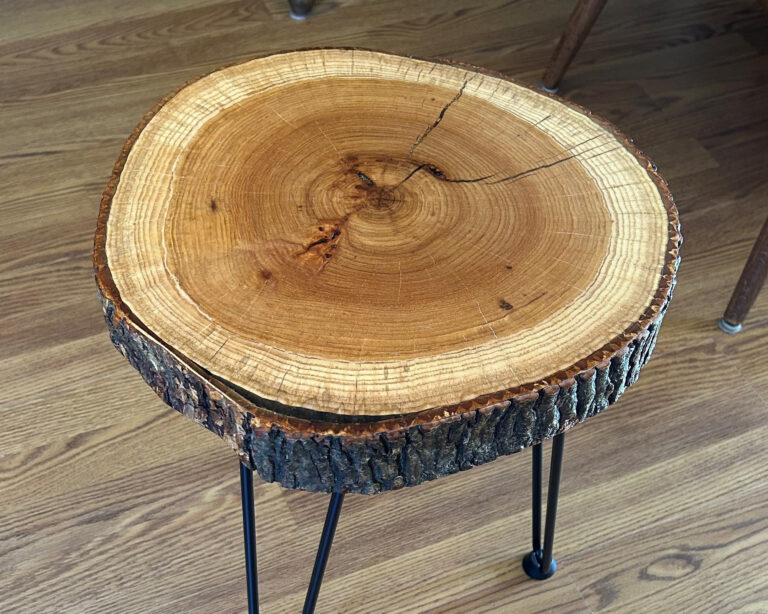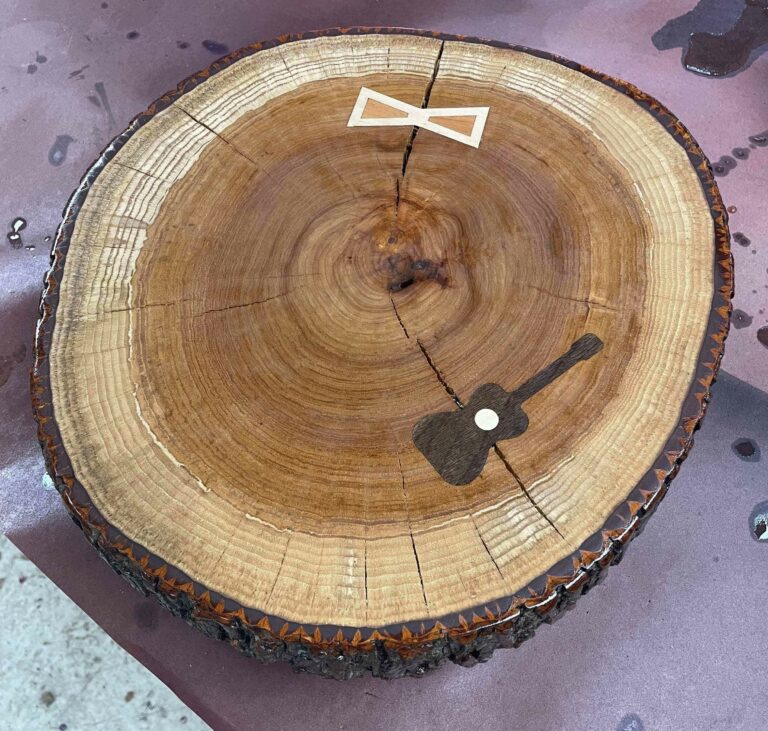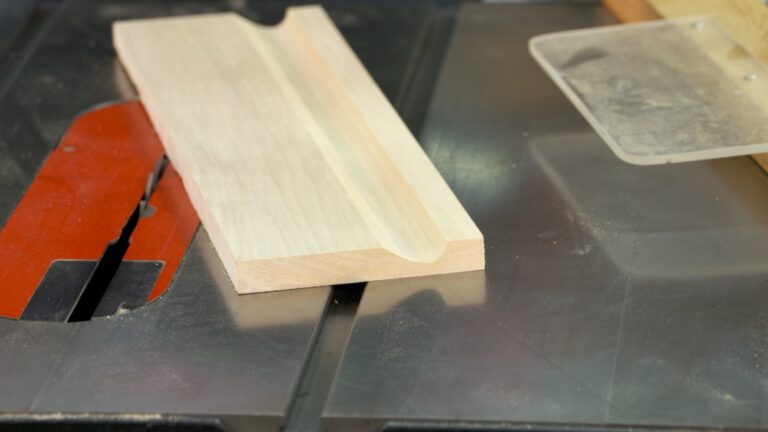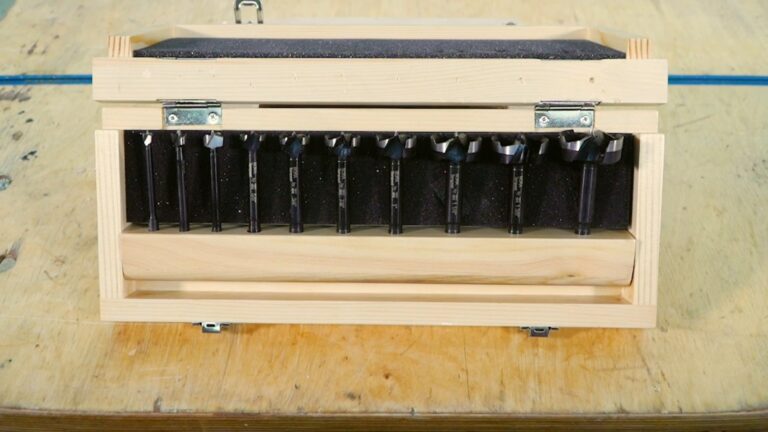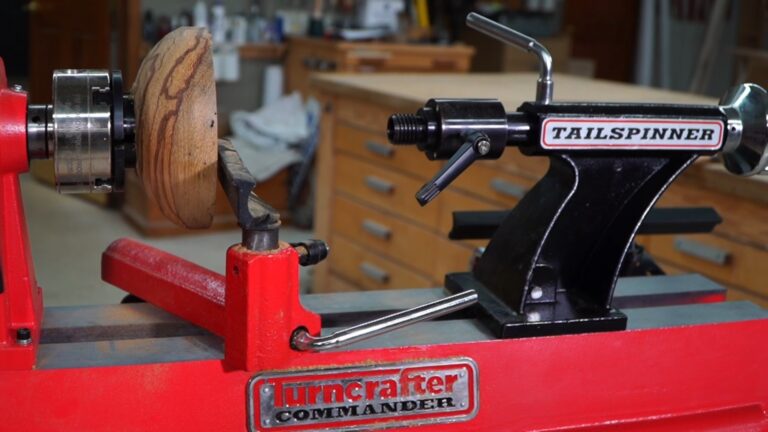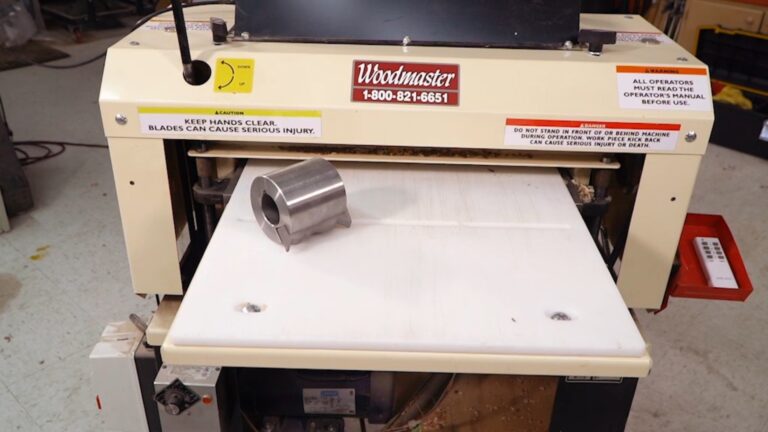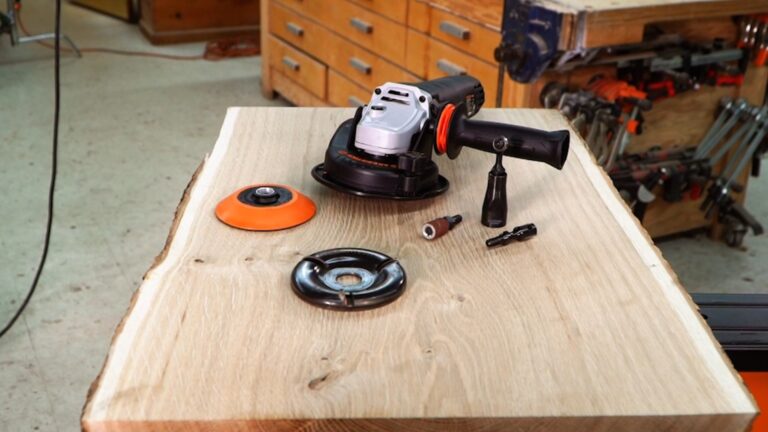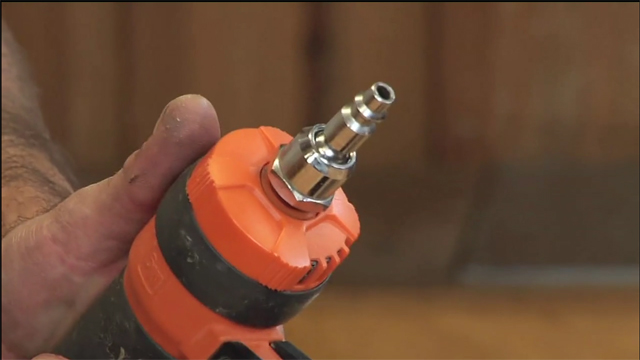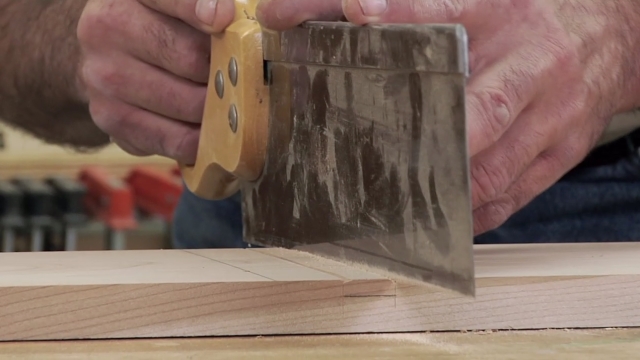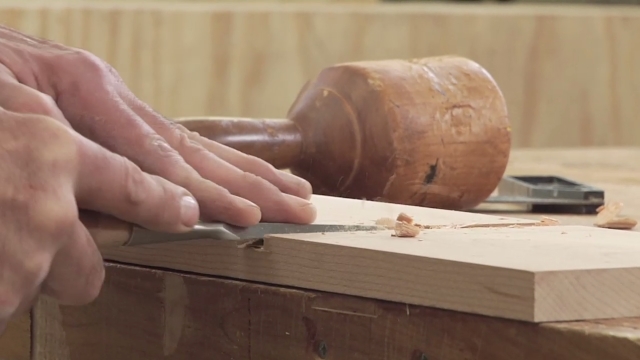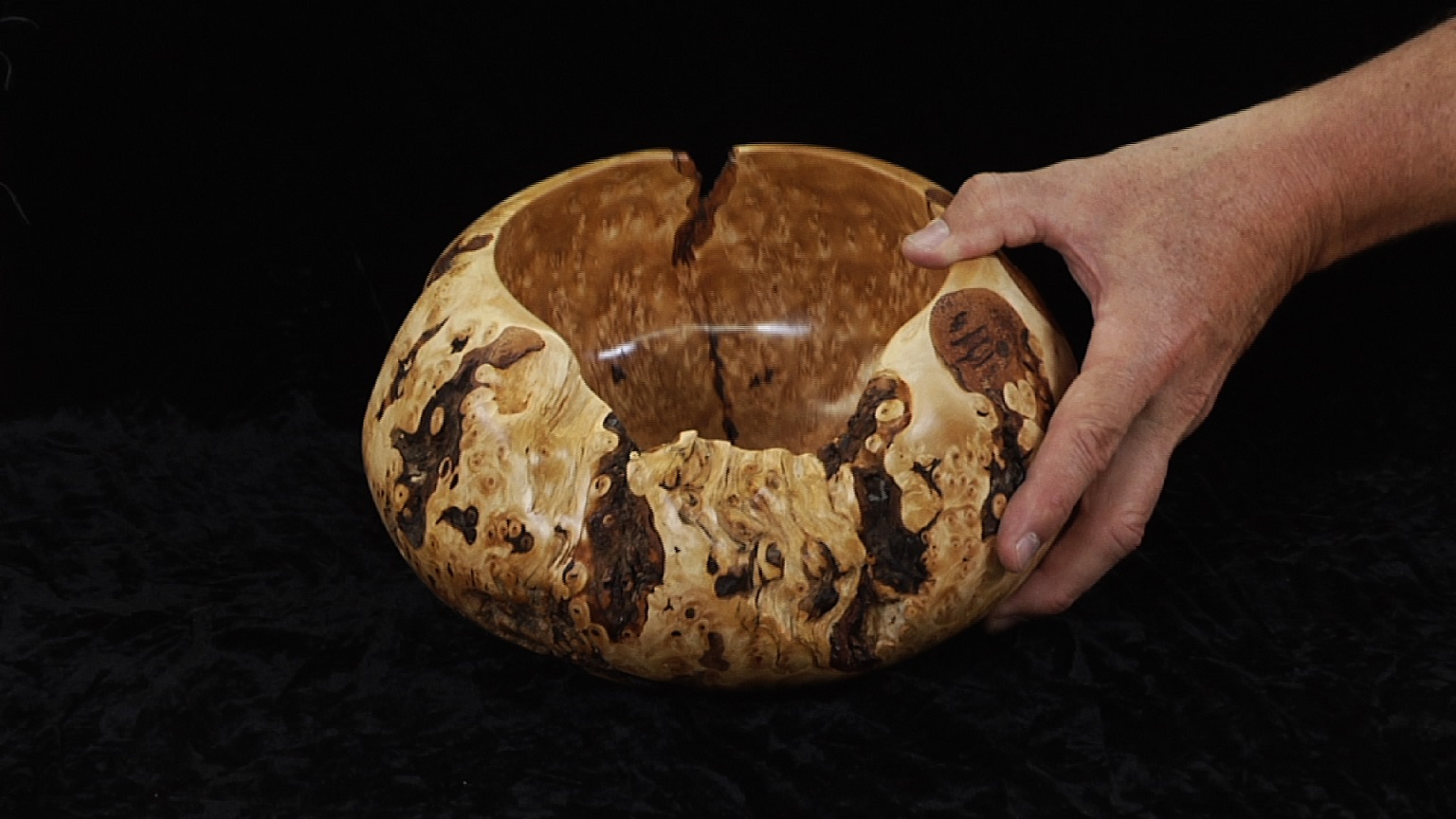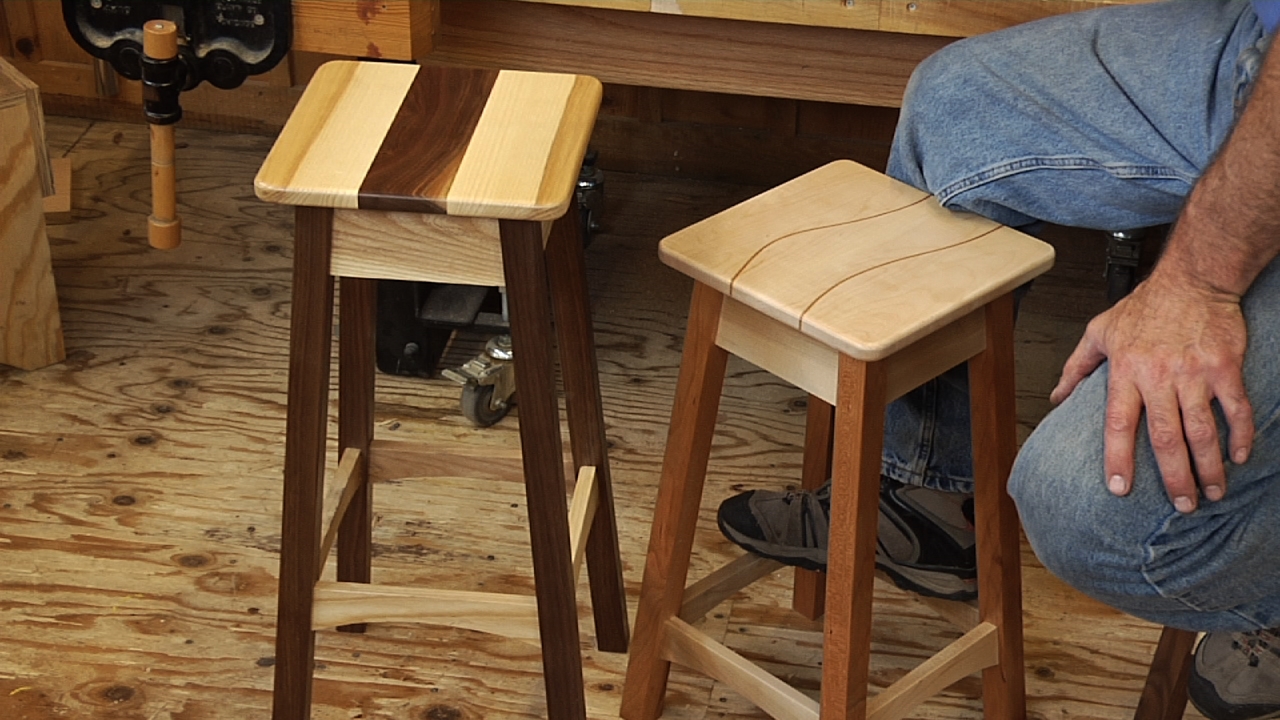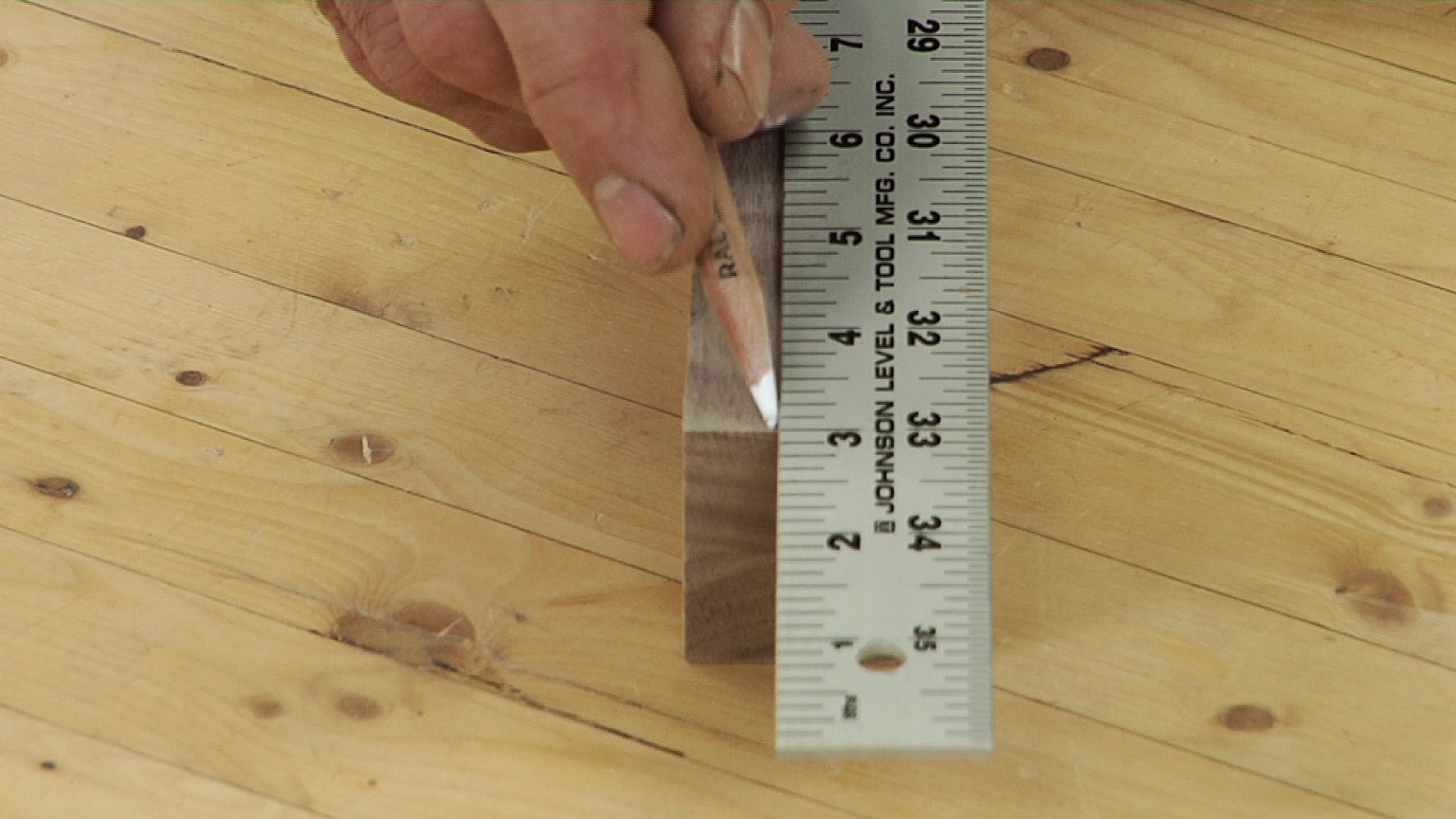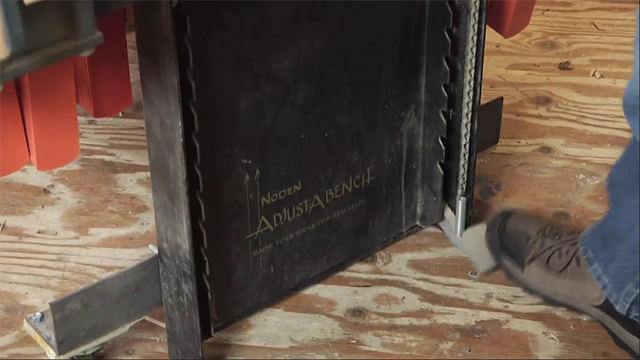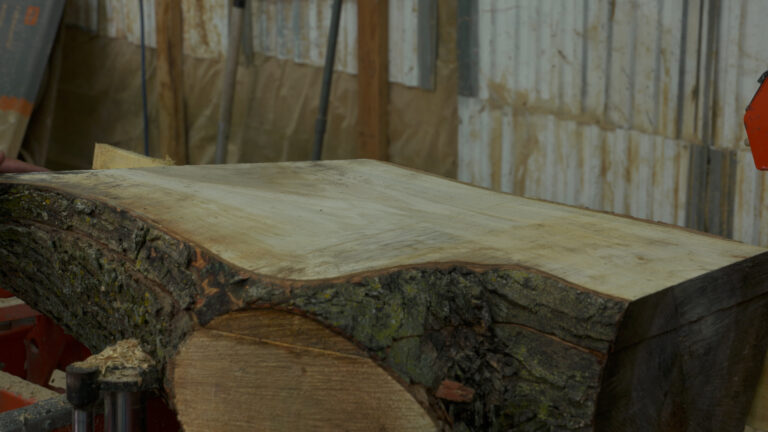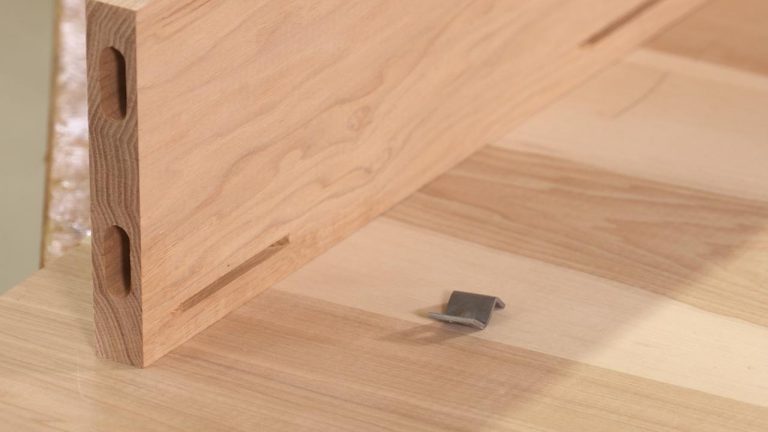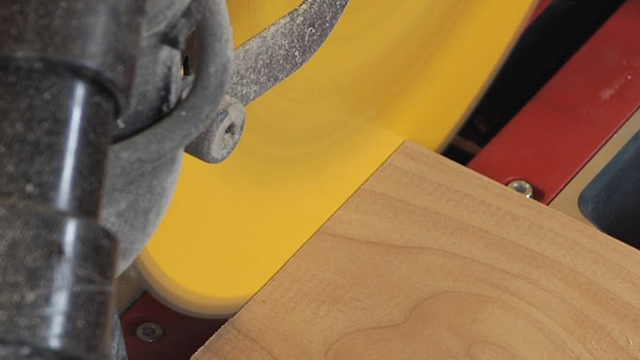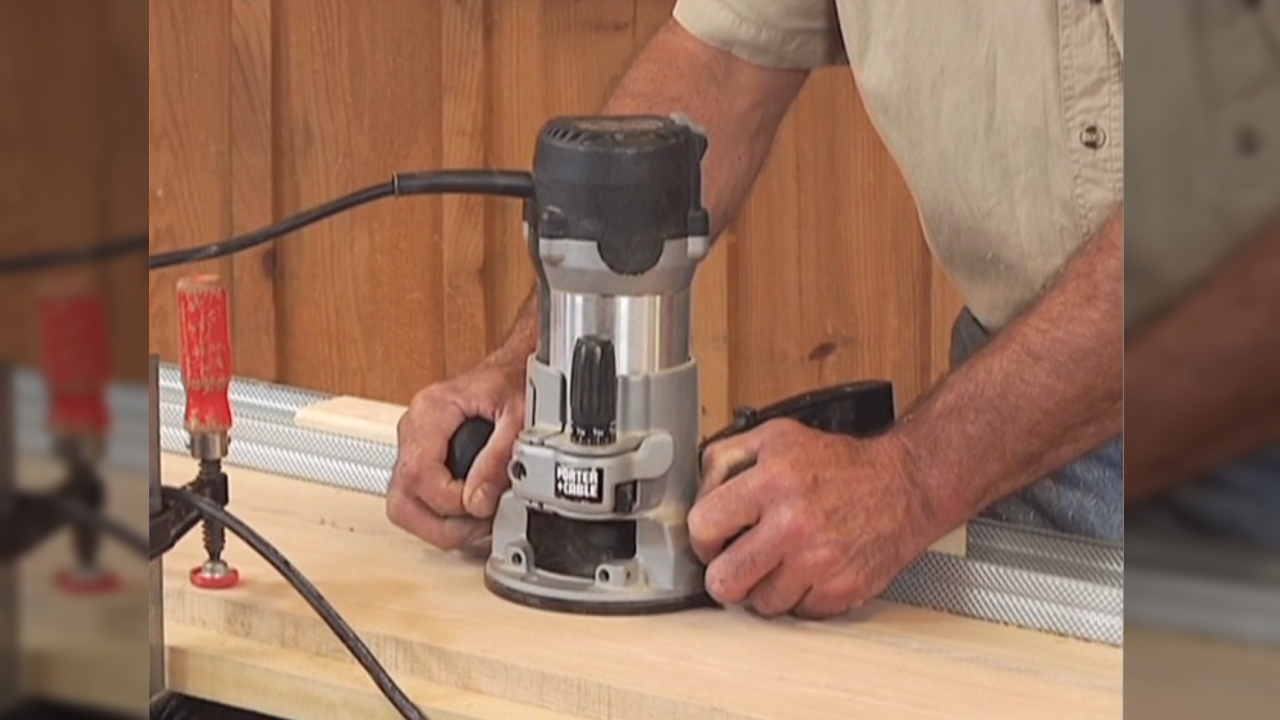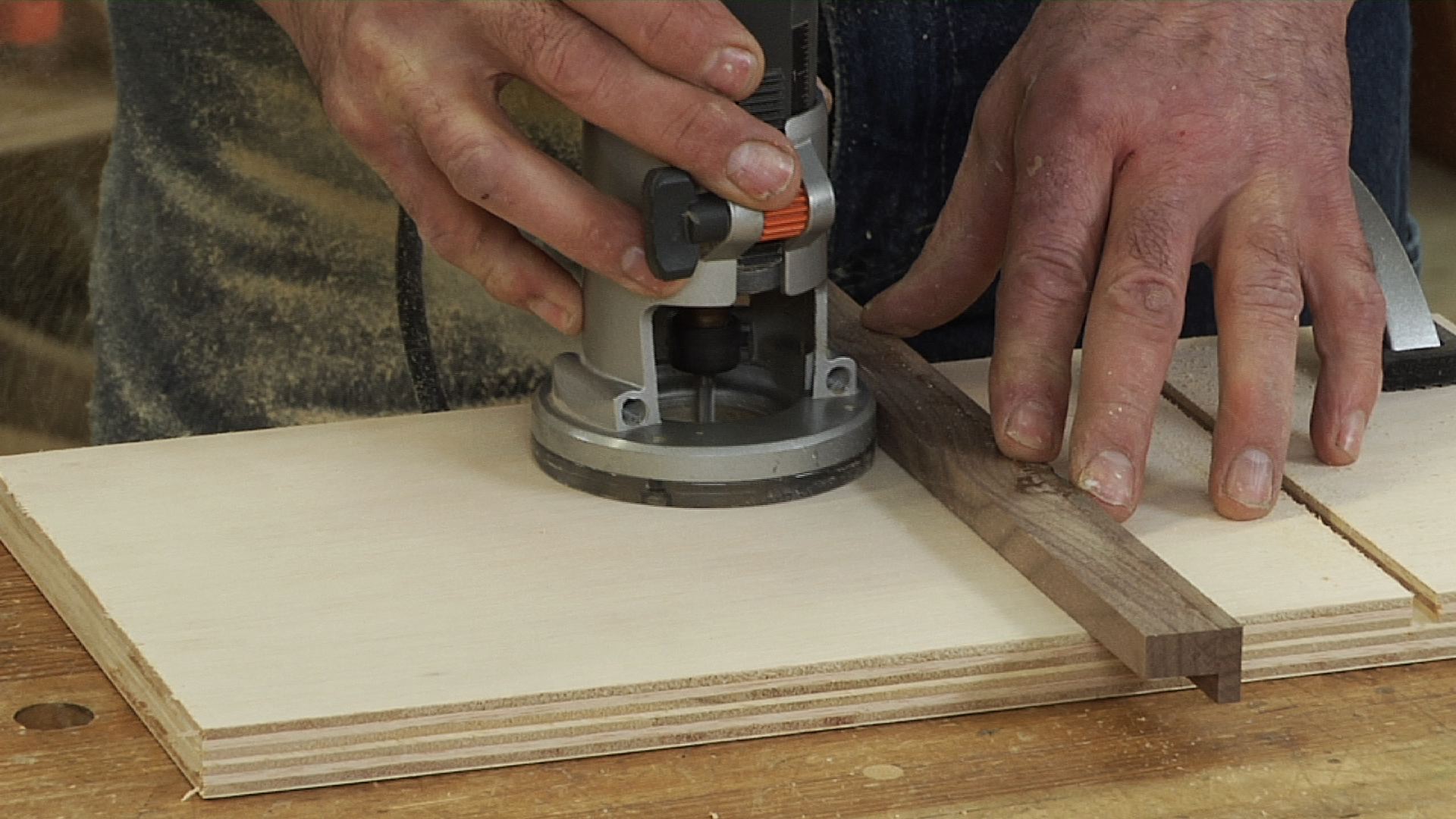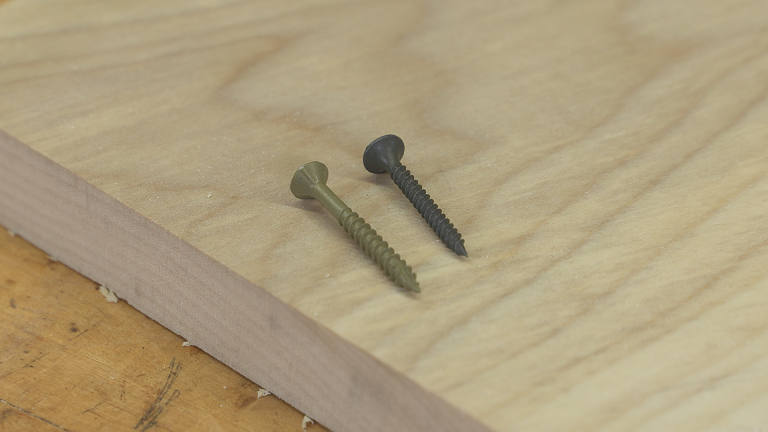
Understanding Janka Hardness
George VondriskaWith over 60,000 species of trees in existence, we woodworkers have an overwhelming number of wood choices available to us. So, how do you choose the right wood for your project? Cost, local availability, color, and figure are important characteristics to consider and can be pretty easily assessed. Depending on your project, hardness might also be an important consideration. How can you assess the hardness of a wood species, particularly one that you are less familiar with?
Fortunately there is an object metric that was created for this purpose called the Janka hardness scale, which has been discussed in a couple of WWGOA LIVE Events. The Janka hardness scale scale is based on a test that measures the amount of force needed to make a specific-sized impression in wood. The test has been performed on thousands of wood species, and serves as a great reference for woodworkers.
There are a number of common applications for Janka hardness ratings:
Project suitability. When you have a specific project in mind that requires a certain amount of durability, it’s helpful to use the Janka hardness scale as a reference to determine whether the wood species that you plan to use might be up for the task.
Compare unfamiliar wood to species that you know. Everyone has a handful of wood species that they know well, including an understanding of their durability. The Janka hardness scale gives you an objective frame of reference to compare a new species to ones that you are familiar with as a way to screen the new species for a project.
Explore new species. Once you know what hardness level is required for a particular project, the Janka rating system allows you to search for species that meet a minimum requirement. This can get you out of the rut of your usual wood selection options.
Explore videos by George Vondriska
You may be interested in
Premium Membership
Unlock exclusive member content from our industry experts.
- 24/7 Access to Premium Woodworking Videos, Projects, and Tips
- Step-by-Step Instructional Demos, Plans, and Tutorials
- 50% Off Video Downloads Purchased in the Woodworkers Guild of America Shop
- 2 Printable Woodworking Plans
Unlock exclusive member content from our industry experts.
- 24/7 Access to Premium Woodworking Videos, Projects, and Tips
- Step-by-Step Instructional Demos, Plans, and Tutorials
- 50% Off Video Downloads Purchased in the Woodworkers Guild of America Shop
- 2 Full-Length Video Downloads to Watch Offline
- 2 Printable Woodworking Plans
Gold Membership
$370 Value
Get everything included in Premium plus exclusive Gold Membership benefits.
- 24/7 Access to Premium Woodworking Videos, Projects, and Tips
- Step-by-Step Instructional Demos, Plans, and Tutorials
- 8 Full-Length Video Downloads to Watch Offline
- 3 Full-Length Woodworking Classes to Keep for Life
- 7 Printable Woodworking Plans
- Discounts on Purchase-to-Own Content in the Woodworkers Guild of America Shop
- Access to Ask the Expert Program
- Exclusive GOLD LIVE Streaming Events
